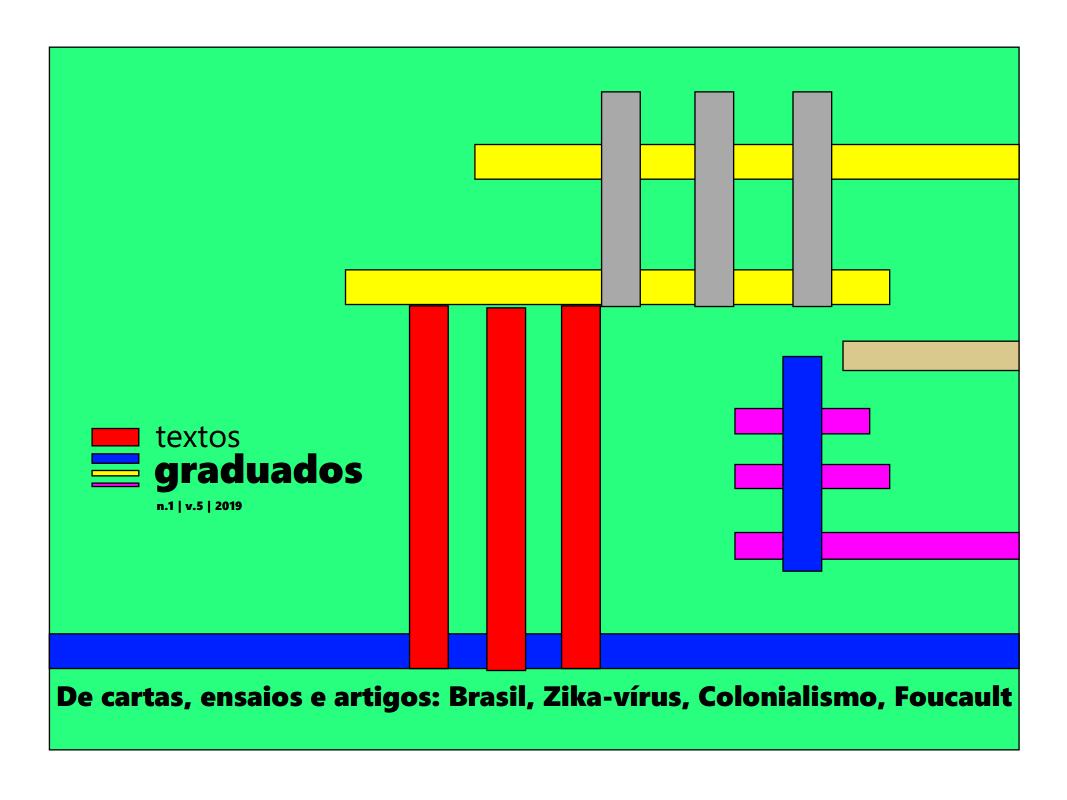Dar um bale: Ativismo materno na busca por serviços a bebês com Síndrome Congênita do Vírus Zika no Recife
Keywords:
Microcephaly, Maternity, Zika, Epidemic, AnthropologyAbstract
In 2015, there were several occurrences of a disease transmitted by a then little-known virus which garnered much attention and sparked great concern from Brazilian and international communities alike: the Zika vírus (ZIKV). The disease caused by this virus is transmitted mainly by the mosquito Aedes aegypti ”“ the same vector for the known Dengue and Chikungunya viruses. The epidemic moved to the forefront of the public consciousness after there were a large number of documented births of babies with microcephaly and other congenital anomalies and their presumed correlation to the Zika virus. Today, two years after the outbreak was recognized, there are other challenges arising, especially for the so-called mães de micro ("micro mothers"), who are the main caregivers of these children. The present research of ZIKV focuses on the anthropological analysis of the "bale" category, perceived in the fild and contextualized in the phenomenon of the syndrome, especially microcephaly, in Recife/PE, as a way of expression by the caregiver woman in the pursuit for care in health services and rights in municipal health institutions.
Downloads
References
ALVES, Gabriel. “Microcefalia ligada ao zika é severa em 71% dos casos, diz estudo”. Folha de São Paulo, 23/01/2016.
MLAKAR, Jernej et al. Zika Virus Associated with Microcephaly. The New England Journal of Medicine, 2016; 374:951-958. March 10, 2016.
OLIVEIRA, Wanderson K. de et al. Zika Virus Infection and Associated Neurologic Disorders in Brazil. The New England Journal of Medicine, 2017; 376; 16. April 20, 2017.
BONETTI, Alinne de L. Não basta ser mulher, tem de ter coragem: uma etnografia sobre gênero, poder, ativismo feminino popular e o campo político feminista de Recife - PE. 2007. Tese (Doutorado em Ciências Sociais) - Instituto de Filosofia e Ciências Humanas, Universidade Estadual de Campinas.
COLLUCCI, Cláudia e GERAQUE, Eduardo. “Estudos apontam maior taxa de microcefalia em era pré-zika”. Folha de São Paulo, 15/02/2016.
FONSECA, Claudia. Apresentação - de família, reprodução e parentesco: algumas considerações. Cad. Pagu, Campinas , n. 29, p. 9-35, Dec. 2007 .
LAGUARDIA, Josué; PENNA, Maria Lúcia. Definição de caso e vigilância epidemiológica. Inf. Epidemiol. Sus, Brasília , v. 8, n. 4, p. 63-66, dez. 1999. Disponível em <http://scielo.iec.gov.br/scielo.php?script=sci_arttext&pid=S0104-16731999000400005&lng=pt&nrm=iso>.
LOWY, IIana: Vírus, Mosquitos e Modernidade, 2006: Fiocruz. Disponível em <http://static.scielo.org/scielobooks/7h7yn/pdf/lowy-9788575412398.pdf>
OMER B, Saad e BEIGI H, Richard. “Pregnancy in the Time of Zika : Addressing Barriers for Developing Vaccines and Other Measures for Pregnant Women”. JAMA, March 22/29, 2016 Volume 315, Number 12.
PRESSE, France. “Zika: entenda o que significa uma emergência de saúde pública global”. G1, 3 de fev. 2016. Disponível em: <http://g1.globo.com/bemestar/noticia/2016/02/zika-entenda-o-que-signifia-uma-emergencia-de-saude-publica-global.html>
Downloads
Published
How to Cite
Issue
Section
License
Conforme indicado no item 1.4 das Diretrizes para Autores/as,
Ao enviar o trabalho para ser avaliado pelo Conselho Editorial e/ou pelo corpo de pareceristas, o/a autor/a automaticamente concorda com a publicação de seu texto, sem qualquer ônus para os/as editores/as, uma vez que a Revista Textos Graduados é gratuita e não remunera de forma alguma seus/as colaboradores/as. Caso o/a autor/a tenha interesse em republicar seu artigo futuramente em coletâneas impressas ou eletrônicas, deverá indicar a Revista Textos Graduados - e o referido hipervínculo - como edição original (Exemplo: "Artigo originalmente publicado na Revista Textos Graduados, Volume XX, Nº X, Ano XX, etc”).



